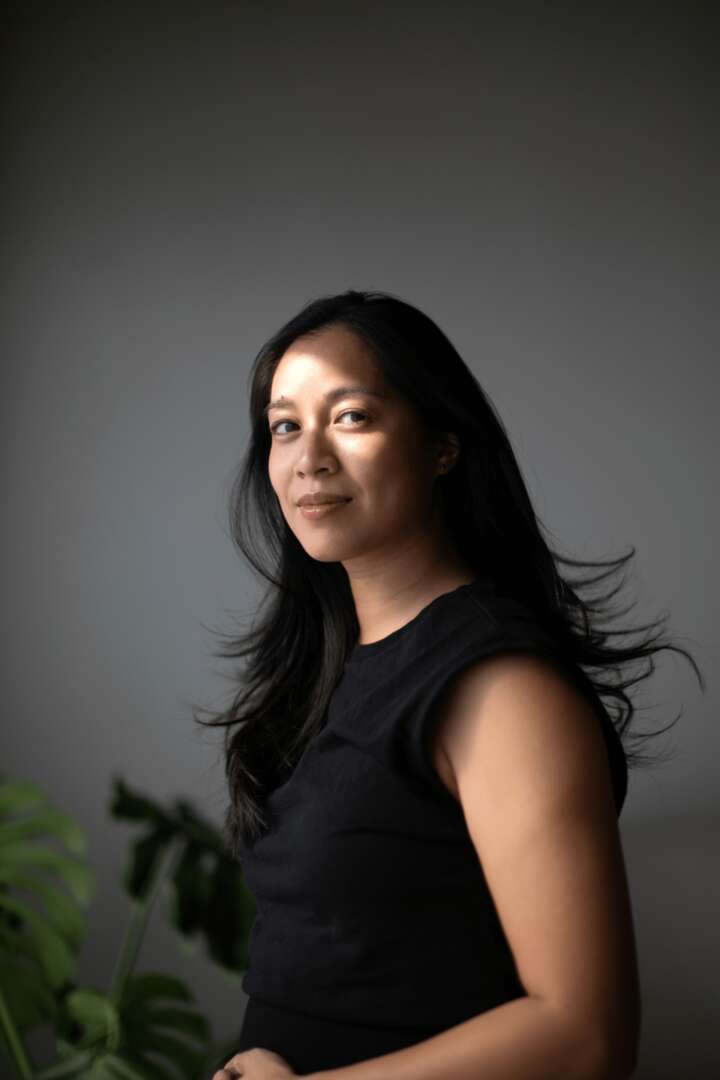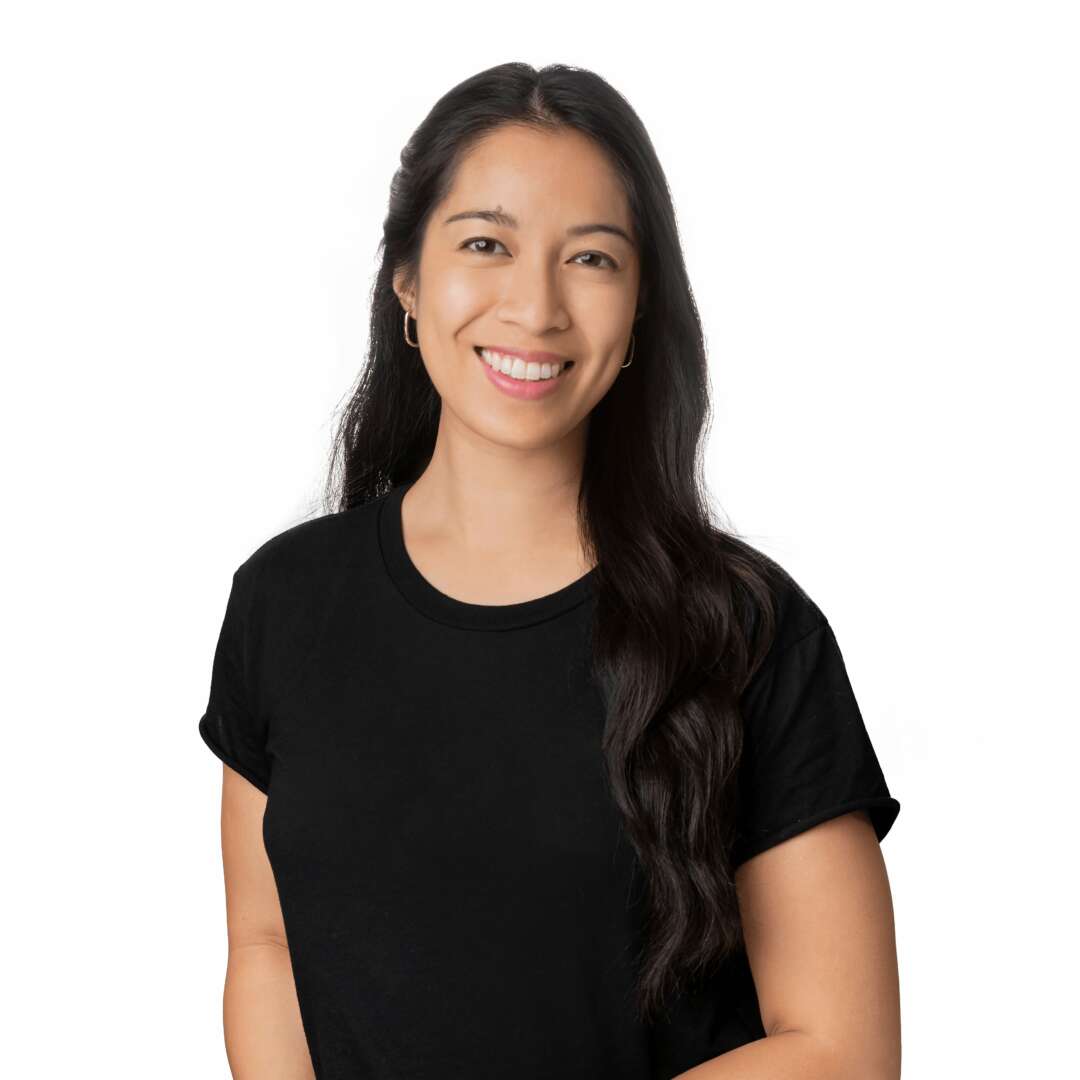We caught up with the brilliant and insightful Esther Huynh a few weeks ago and have shared our conversation below.
Esther, thanks for joining us, excited to have you contributing your stories and insights. Did you always know you wanted to pursue a creative or artistic career? When did you first know?
I knew I wanted to pursue creative work professionally was in early in college. I had spent a good portion of my academic career thinking that I would go into science. My expectations leaving high school was to go down the path of a medical profession.
I remember some personal family experiences in my Junior year of university that really made me sit back and realize how much I wasn’t following myself and what I was curious about.
I took a college class on photography and it helped me tap into the creativity that I always had within me and now I had a medium to really put into play.
I switched my major from Biology to Photography knowing I really wanted to become a photographer.

Awesome – so before we get into the rest of our questions, can you briefly introduce yourself to our readers.
I started doing product photography really early on when I started my career. My earliest internships were with product and food photographers. After working as a photographer for an Amazon subsidiary, that’s where I really began to hone in on my craft.
Being a product photographer requires a certain sensibility that doesn’t look hard from the outside but really means paying attention to the details that noone really notices but makes the biggest impact.
A lot of the work I do is about taking an every day object and conveying to people on a 2-d level the sense of 3D-ness from one picture. How do you photograph something shiny or something small without holding the object in your hands?
These are the details that make a product photographer so valuable – I get to make you understand that sense of tangibility that makes product photography so powerful in business. The other hand of product photography is getting to transform products from a mundane level to something so inviting that you just have to have it.
The thing I am most proud of is being able to give my clients that balance of truth to the product but also a sense of wonder. I am convinced my aesthetic and work gives clients a lot of value and helps you sell not the product but the experience of what the product does for you.
How about pivoting – can you share the story of a time you’ve had to pivot?
To tell you the truth, this is the time of my life where I am pivoting quite sharply in my career. I’ve been freelancing and working very flexibly the last many years. It has been a joy and lots of fun to do this kind of work. But since 2020 it hasn’t been as sustainable and I’ve lost a sense of excitement.
Late last year, I decided to go back to a corporate role working with photography but in a completely different way.
I always told myself that my freelancing would only last a few years but it has been extensively longer and I have no regrets. But this is a time in my life where I am ready to try something different and grow in my career.
It’s scary and new but also important to me to never stop learning. Part of growing and transforming is also rolling with the trends and the parts of your craft that are new.
AI based photography and AI based software is breaking ground and changing the way we look at photography as whole. I was very hesitant to embrace AI for a while but now understanding it more by working in a software company, I have more respect and appreciation for the people behind it. And this is the path that I am curious to see what I am made of.
What can society do to ensure an environment that’s helpful to artists and creatives?
To best support artists, creatives, and a thriving creative ecosystem, society needs to foster an environment that values and invests in creativity as a vital component of cultural and economic development. This can be achieved by increasing public funding for the arts, ensuring that grants and resources are accessible to artists at all stages of their careers. Educational institutions should offer robust arts programs and mentorship opportunities, while schools and communities can provide platforms for showcasing emerging talent. Additionally, creating networks and collaborative spaces where creatives can connect, share ideas, and collaborate will enhance innovation and growth. By recognizing and celebrating the role of creativity in enriching our lives and society, we can build a supportive infrastructure that allows artists to thrive and continue contributing to our collective cultural wealth.
Contact Info:
- Website: https://www.estherhphoto.com
- Instagram: @estherhuynh
Image Credits
Photo by Lionel Park


